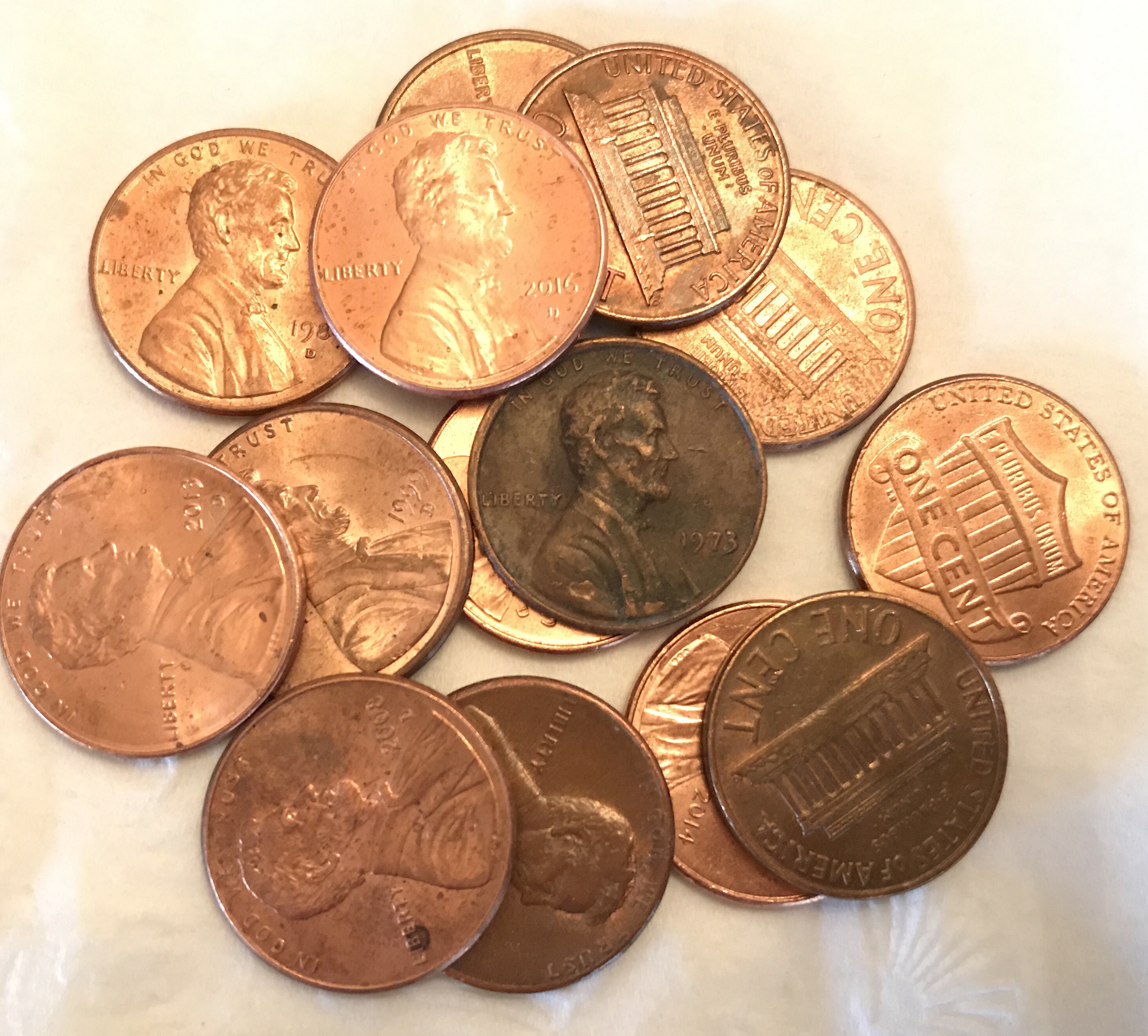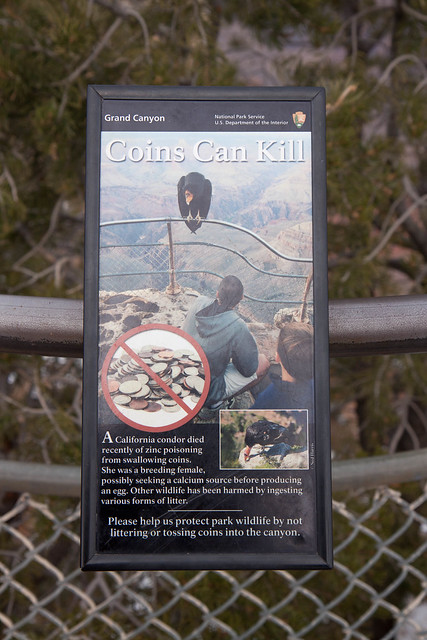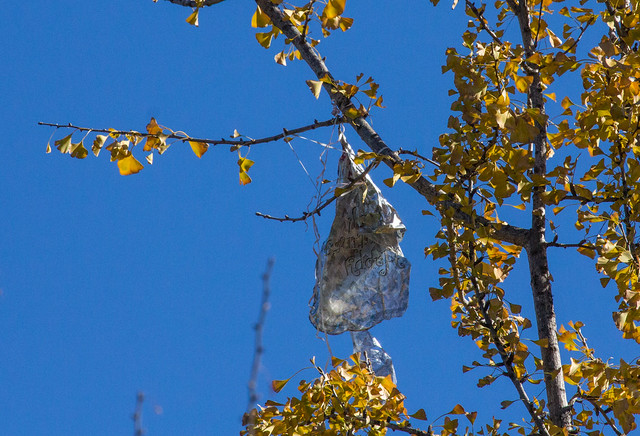68. Be responsible when visiting public parks and gardens.

Many people visit urban and suburban parks to enjoy the outdoors, including birds. Feeding ducks, geese, gulls, or pigeons in parks can be pleasurable for people and birds alike; it often sparks a lifelong interest in wildlife and conservation and seldom causes problems. In some areas, however, some of these species have dangerously high population densities, leading to water contamination, competition with other birds, and a greater likelihood of disease outbreaks. Be mindful of local issues regarding bird feeding.

Many people toss pennies into pools and fountains. Unfortunately, American pennies minted after 1982 contain 96 percent zinc and are toxic when ingested by children, birds, dogs, and other living things. Save your pennies or donate them to a wildlife rehabber.

Balloon releases can be dangerous for birds. The worst offenders are Mylar balloons. Extreme caution should be taken to prevent these balloons from escaping into the atmosphere, where they can float for miles before dropping down. If a balloon ends up in an ocean, lake, or stream, it can be swallowed by a bird or aquatic animal, killing it. Latex balloons pose the same dangers, although they degrade more quickly than Mylar. Also, if a balloon catches on a tree, the string or ribbon can strangle birds. Many people like to mark special occasions with balloon releases, but it can be equally satisfying and symbolic to send up soap bubbles, which are harmless. If you buy a balloon for a child, tie the string around the child’s wrist or through a buttonhole to minimize the possibility of it floating away.

From 101 Ways to Help Birds, published by Stackpole in 2006. Please consider buying the book to show that there is a market for bird conservation books. (Photos, links, and updated information at the end of some entries are not from the book.)